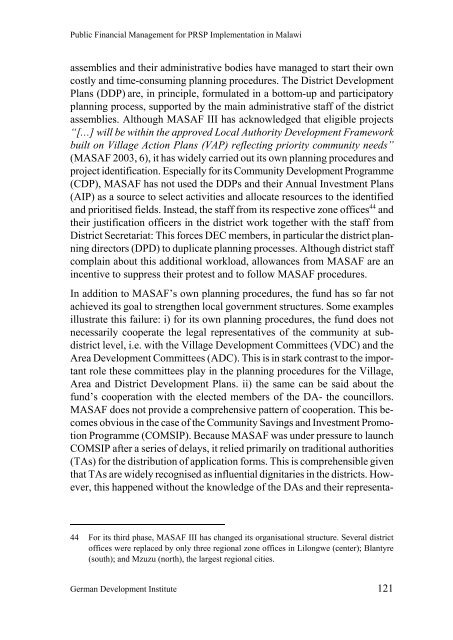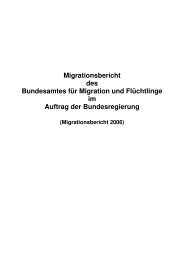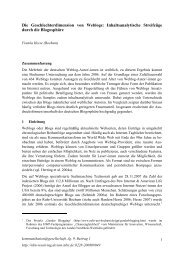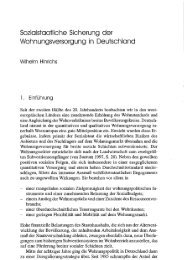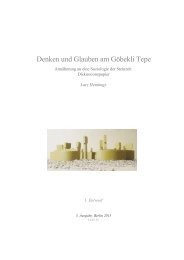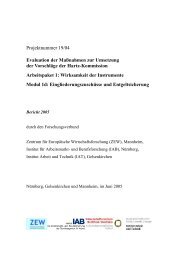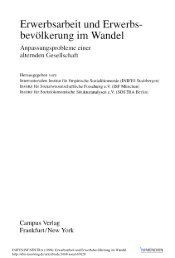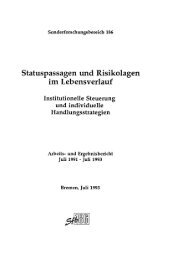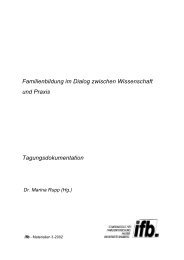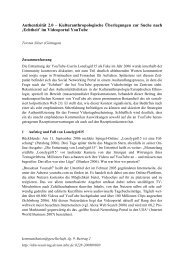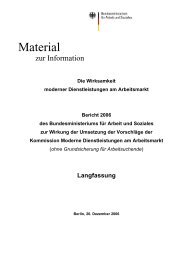Public Financial Management for PRSP - Deutsches Institut für ...
Public Financial Management for PRSP - Deutsches Institut für ...
Public Financial Management for PRSP - Deutsches Institut für ...
Create successful ePaper yourself
Turn your PDF publications into a flip-book with our unique Google optimized e-Paper software.
<strong>Public</strong> <strong>Financial</strong> <strong>Management</strong> <strong>for</strong> <strong>PRSP</strong> Implementation in Malawi<br />
assemblies and their administrative bodies have managed to start their own<br />
costly and time-consuming planning procedures. The District Development<br />
Plans (DDP) are, in principle, <strong>for</strong>mulated in a bottom-up and participatory<br />
planning process, supported by the main administrative staff of the district<br />
assemblies. Although MASAF III has acknowledged that eligible projects<br />
“[…] will be within the approved Local Authority Development Framework<br />
built on Village Action Plans (VAP) reflecting priority community needs”<br />
(MASAF 2003, 6), it has widely carried out its own planning procedures and<br />
project identification. Especially <strong>for</strong> its Community Development Programme<br />
(CDP), MASAF has not used the DDPs and their Annual Investment Plans<br />
(AIP) as a source to select activities and allocate resources to the identified<br />
and prioritised fields. Instead, the staff from its respective zone offices 44 and<br />
their justification officers in the district work together with the staff from<br />
District Secretariat: This <strong>for</strong>ces DEC members, in particular the district planning<br />
directors (DPD) to duplicate planning processes. Although district staff<br />
complain about this additional workload, allowances from MASAF are an<br />
incentive to suppress their protest and to follow MASAF procedures.<br />
In addition to MASAF’s own planning procedures, the fund has so far not<br />
achieved its goal to strengthen local government structures. Some examples<br />
illustrate this failure: i) <strong>for</strong> its own planning procedures, the fund does not<br />
necessarily cooperate the legal representatives of the community at subdistrict<br />
level, i.e. with the Village Development Committees (VDC) and the<br />
Area Development Committees (ADC). This is in stark contrast to the important<br />
role these committees play in the planning procedures <strong>for</strong> the Village,<br />
Area and District Development Plans. ii) the same can be said about the<br />
fund’s cooperation with the elected members of the DA- the councillors.<br />
MASAF does not provide a comprehensive pattern of cooperation. This becomes<br />
obvious in the case of the Community Savings and Investment Promotion<br />
Programme (COMSIP). Because MASAF was under pressure to launch<br />
COMSIP after a series of delays, it relied primarily on traditional authorities<br />
(TAs) <strong>for</strong> the distribution of application <strong>for</strong>ms. This is comprehensible given<br />
that TAs are widely recognised as influential dignitaries in the districts. However,<br />
this happened without the knowledge of the DAs and their representa-<br />
44 For its third phase, MASAF III has changed its organisational structure. Several district<br />
offices were replaced by only three regional zone offices in Lilongwe (center); Blantyre<br />
(south); and Mzuzu (north), the largest regional cities.<br />
German Development <strong>Institut</strong>e 121


